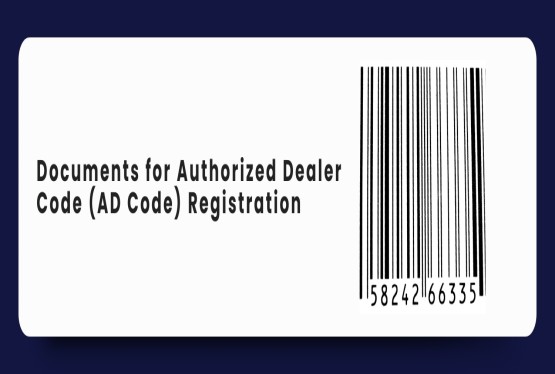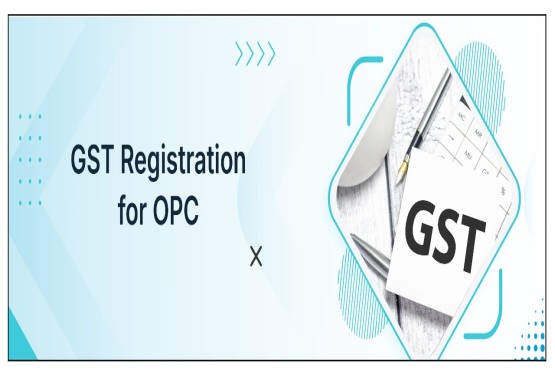In a globalized market, businesses aiming to engage in international trade must obtain an Import Export Code (“IEC”), which serves as a primary identification number for exporters and importers. The IEC is mandatory for anyone wishing to engage in the import or export of goods and services in India, provided by the Directorate General of Foreign Trade (“DGFT”), Ministry of Commerce and Industry. This article outlines the detailed procedure for obtaining an IEC, its significance, and the necessary steps for application, along with the legal framework and supporting documentation required to ensure smooth processing.
What is an Import Export Code (IEC)?
An IEC is a unique 10-digit number issued by the DGFT for businesses wishing to engage in import and export activities. The IEC serves as a legal requirement for any Indian entity (individual, company, or firm) wishing to import or export goods and services. It acts as an essential tool for tracking international trade, facilitating the smooth flow of goods across borders, and ensuring compliance with regulatory policies.
Importance of IEC (Import Export Code)
1. Legality for International Trade: Without an IEC, a business cannot legally engage in international trade. It is required for customs clearance, shipping, and clearing cargo.
2. Financial Transactions: The IEC is required by banks for foreign remittances, making it a crucial document for carrying out international business transactions.
3. Export Benefits: Having an IEC allows businesses to avail of various government schemes, such as export incentives, customs duty exemptions, and tax benefits under certain Free Trade Agreements (“FTAs”).
4. GST Compliance: For entities registered under Goods and Services Tax (“GST”), the IEC is a requirement for cross-border transactions, facilitating smooth GST filings for exports.
Legal Framework for IEC in India
The legal provisions governing the IEC in India are outlined by the Foreign Trade (Development and Regulation) Act, 1992 and the rules prescribed by the DGFT. The Act mandates that any person or entity wishing to import or export goods or services must first obtain an IEC to ensure smooth and regulated trading.
Additionally, the Export and Import Policy (“Exim Policy”) framed by the DGFT further enforces the legal obligations around obtaining and using IEC for trading in India.
Procedure for Obtaining an Import Export Code (IEC)
The process to obtain an IEC is straightforward and can be done online through the official DGFT website. Below are the steps involved:
Step 1: Eligibility for IEC Application
Before applying for an IEC, an applicant must ensure that:
-
The entity must be a registered business, such as a private limited company, limited liability partnership (LLP), partnership, or a sole proprietorship.
-
The applicant must have a valid Permanent Account Number (“PAN”) and GST registration (if applicable).
-
The applicant must have an operational bank account in the name of the business entity, with the bank statement being one of the requirements.
Step 2: Registration on the DGFT Website
To apply for the IEC, the applicant needs to follow the online application process on the official DGFT website. The steps are as follows:
1. Create a DGFT User ID:
-
Visit the official website: DGFT.
-
Click on the "Apply for IEC" section under the “Services” tab.
-
Create a new user profile with a valid email ID and phone number for receiving notifications.
2. Login:
- After registration, log in using the newly created credentials to begin the application process.
Step 3: Filling in the IEC Application Form
The application form for IEC is filed through DGFT’s online portal by submitting Form ANF 2A, which requires basic information about the applicant’s business. The following details must be provided:
-
Applicant’s Personal Information: Name, PAN, and contact information of the authorized signatory.
-
Business Details: Legal name of the entity, type of business, and registered office address.
-
Bank Details: Bank account details, including the bank’s name, account number, and IFSC code.
-
GST Registration: If applicable, the GSTIN of the applicant is required.
Step 4: Document Submission
The following documents must be uploaded along with the application form:
1. PAN Card of the Applicant: A copy of the PAN card of the business or the individual applying for IEC.
2. Proof of Business Entity: Depending on the type of entity (company, LLP, etc.), the applicant must provide:
-
Certificate of Incorporation (for companies),
-
Partnership Deed (for partnership firms),
-
LLP Agreement (for limited liability partnerships),
-
Shop and Establishment Certificate (for sole proprietors).
3. Bank Certificate/Passbook: A copy of the bank account statement or a certificate from the bank showing the business’s account details.
4. GST Registration: A copy of the GST registration certificate, if applicable.
Step 5: Payment of Fees
There is a nominal fee of Rs 500/- (Rupees Five Hundred Only) for processing the IEC application. Payment can be made through online banking, debit/credit card, or other available payment options on the DGFT portal.
Step 6: Verification of Application
Once the application is submitted, the DGFT verifies the information provided. If all the details are correct and no discrepancies are found, the IEC will be issued within 3-7 working days.
Step 7: IEC Certificate Issuance
After successful verification, the IEC is generated and sent to the applicant. The IEC can be downloaded from the DGFT portal in PDF format.
IEC Application for Different Entities
The process for obtaining an IEC is largely the same for different types of entities. However, the supporting documentation may vary depending on the entity’s nature:
• For Sole Proprietorships: A Shop and Establishment Registration or Aadhar Card is required.
• For Companies and LLPs: The relevant Incorporation Certificate and Memorandum of Association (MOA) are required.
• For Partnership Firms: A Partnership Deed must be submitted.
IEC (Import Export Code) for Exports and Imports
1. Use of IEC: The IEC is required for all transactions related to the import or export of goods and services, including for filing customs declarations, transferring goods, and availing export incentives.
2. No Need for Renewal: The IEC is a lifetime valid number, with no renewal requirement, unless there are changes in business details that need to be updated in the DGFT records.
3. Updating IEC: Any changes in the entity details (address, name, directors, etc.) should be communicated to the DGFT, which can be updated through the online portal.
4. Penalty for Non-Compliance: Engaging in imports or exports without an IEC can lead to penalties or legal consequences, including customs clearance refusal.
Conclusion
The Import Export Code (IEC) is an important requirement for businesses wishing to engage in international trade. The process of obtaining an IEC is straightforward, requiring an online application through the DGFT portal. By ensuring compliance with the legal requirements and completing the necessary documentation, businesses can unlock the benefits of international trade, improve financial transactions, and access export incentives.
Frequently Asked Questions (FAQs)
Q1. Who needs to obtain an IEC in India?
Ans. Any Indian entity (individual, company, or firm) that intends to import or export goods or services needs to obtain an IEC. Without it, they cannot legally engage in international trade activities in India.
Q2. What are the key benefits of having an IEC?
Ans. The key benefits include:
-
Legality to conduct international trade.
-
Facilitate financial transactions involving foreign remittances.
-
Eligibility for various government export benefits, customs duty exemptions, and tax benefits under Free Trade Agreements (FTAs).
-
Compliance with GST requirements for cross-border transactions.
Q3. How does the IEC relate to GST compliance for businesses involved in international trade?
Ans. For businesses registered under the Goods and Services Tax (GST), the IEC is a requirement for cross-border transactions. It facilitates smooth GST filings for exports, ensuring compliance with tax regulations for international trade activities.
Q4. How can a business apply for an IEC online?
Ans. The application process is entirely online through the DGFT website. Applicants need to create an account, fill out the application form, upload the required documents, and pay the application fee electronically.
Q5. Can an IEC be cancelled or surrendered?
Ans. Yes, an IEC can be cancelled or surrendered if the business no longer engages in import/export activities or wishes to discontinue its operations. This can be done online through the DGFT website.












_crop10_thumb.jpg)





_crop10_thumb.jpg)





























-Form_crop10_thumb.jpg)

_crop10_thumb.jpg)























_learn_crop10_thumb.jpeg)
































_crop10_thumb.jpg)

_crop10_thumb.jpg)





















_crop10_thumb.jpg)














_for_Foreign_Directors_learn_crop10_thumb.jpeg)




_Act,_2015_learn_crop10_thumb.jpg)











